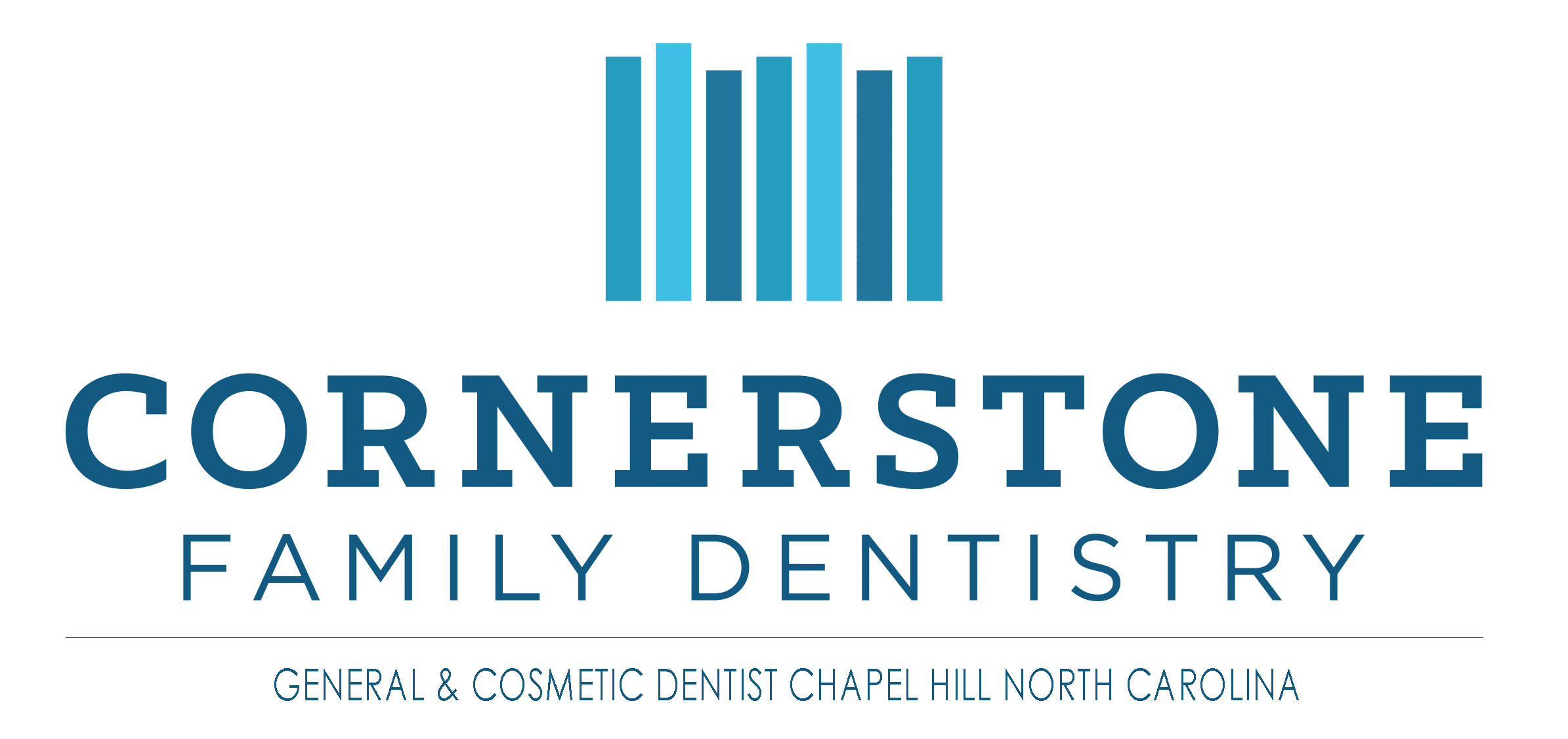Fix gaps between your teeth with dental bonding
The American Dental Association estimates that approximately ¼ of US adults have a gap between their two front teeth. This gap, called diastema, can be frustrating and it may seem like there are no solutions to improve the appearance of the smile. If you relate to this experience, you may be surprised to learn there are treatment options available to treat diastema. Dental bonding is one affordable and pain-free cosmetic treatment option available to reduce the appearance of gaps between teeth. Below is more information on the cosmetic dental bonding procedure and details on how the treatment is used to fix unwanted gaps between teeth.
What is dental bonding?
Dental bonding is a treatment procedure where materials are directly applied to the teeth to fix cosmetic issues. In direct composite bonding, a tooth-colored composite is applied to the teeth to fix cracks, chips, or discolored teeth. It is important to know that direct composite bonding results are only as good as the dentist who creates them. This means that dental bonding treatment is a truly customized approach to improving the smile. The bonding requires the dentist to have expertise with shaping and sculping the composite to create the appearance that is desired. In order to reduce the gaps between teeth, the composite is used to increase the size of the teeth on each side of the gap, therefore minimizing the space between the teeth. Overall, cosmetic dental bonding is a non-invasive and relatively pain-free procedure.
Steps of the dental bonding procedure
- Step 1: the dentist will select a composite color that matches the shade of the natural teeth.
- Step 2: The surface of the teeth is then prepared to help the bonding material adhere to the teeth.
- Step 3: Once the teeth are prepared, the bonding composite is applied to the teeth. The putty like composite is then sculpted and shaped to minimize the space between the teeth.
- Step 4: Once the teeth look just right, a high-intensity UV light is used to harden the composite bonding applied to the teeth.
- Step 5: Lastly, the teeth are polished and smoothed so they match the rest of the natural teeth.
Who is a good candidate for dental bonding treatment?
If you have diastema or unwanted gaps between your teeth, you may consider doing a little research to determine if dental bonding is a good option for you. The best place to start is to have a discussion with your dentist about your dental goals. Prior to determining if bonding is right for you, your dentist may need to complete an oral exam. This exam may be necessary to help your dentist determine the extent of the gaps you are wanting to fix and the overall state of your teeth. There are many treatment options your dentist may suggest for you and their advice will be based on this exam and your dental goals. Cosmetic dental bonding may be a simple non-invasive solution to help you fix the unwanted gaps between your teeth and give you the smile you desire.
More on Dental Bonding : What is Dental Bonding?





High-Quality Dental Care
At Cornerstone Family Dentistry in Chapel Hill, all our services are performed with the patient in mind. We want you to feel comfortable in the dental chair, confident in our work, and most importantly, we want you to fall in love with your smile again. If you would like to schedule an appointment or if you have any questions about cosmetic procedures that we offer, please contact us at (919) 595-1010.
